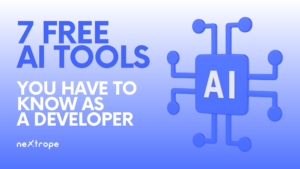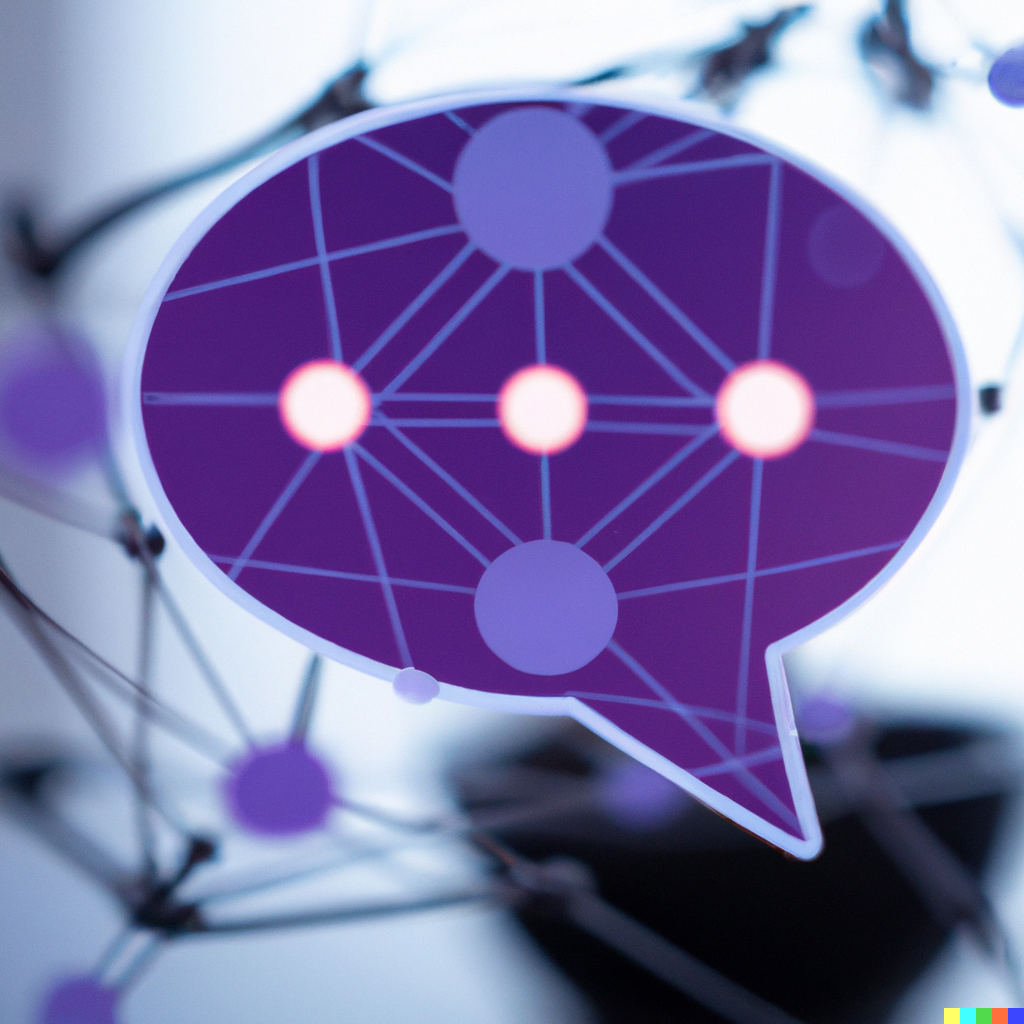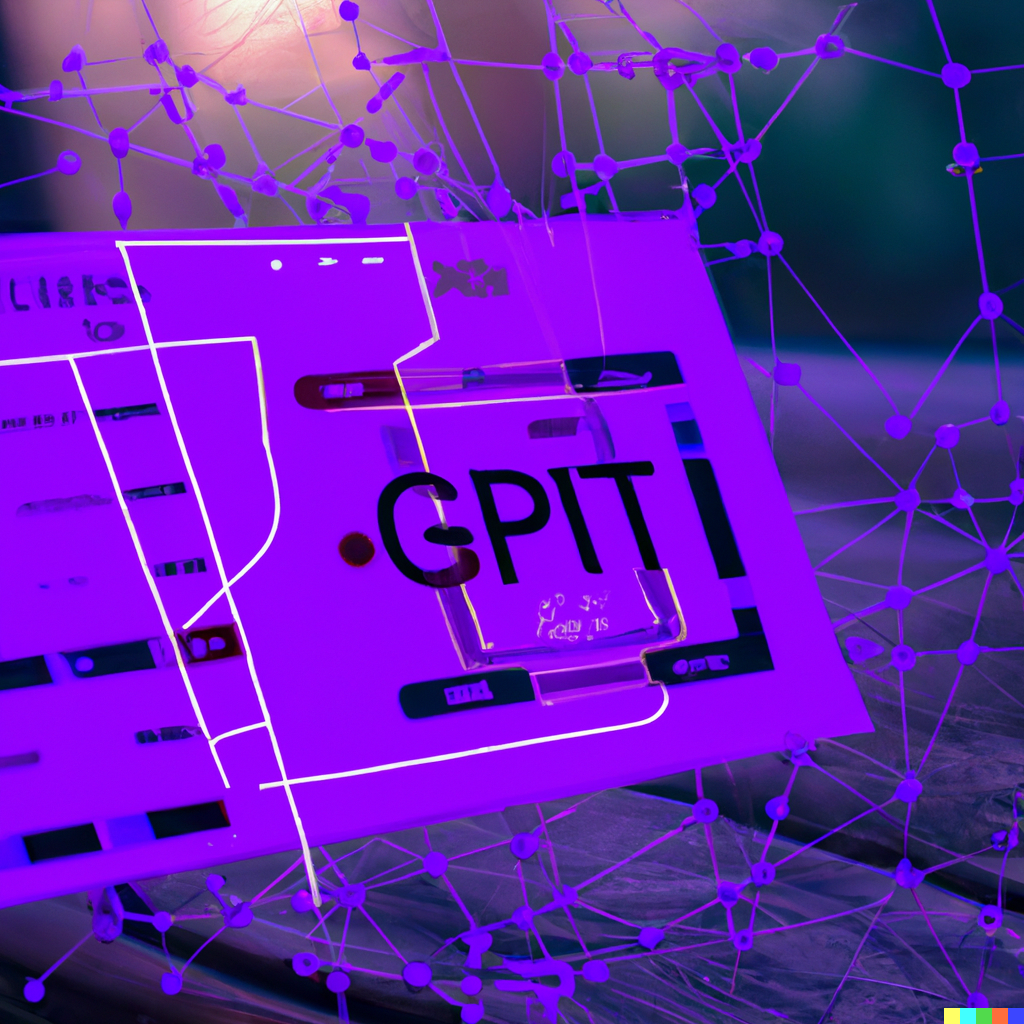Introduction
There has never been a greater need for skilled developers than there is now, as the AI sector continues to grow. It can be difficult to decide which AI development tools are the most helpful given the variety of tools available. In this post, we'll examine 7 of the most crucial tools for developing AI, guaranteeing that you have the resources necessary to generate creative and useful solutions. From computer vision tools to deep learning libraries, we'll emphasize what makes each tool unique and how it might help your development process. These tools will assist you in achieving your objectives more quickly and effectively, whether you are an experienced AI developer or just getting started.
TensorFlow
A well-liked AI development tool among programmers, academics, and data scientists is called TensorFlow. It is favored for a variety of AI applications because to its adaptable architecture and quick computing capabilities. Python, C++, and JavaScript are just a few of the many programming languages that TensorFlow supports, making it useful for developers of all skill levels. For anyone interested in entering the field of AI development, its extensive documentation, vast community, and broad use in both industry and academics make it a great resource.
Category: Free
Scikit-learn
The library enables developers to quickly interact with data and create machine learning models by offering seamless connectivity with other well-known Python libraries like NumPy and pandas. Additionally, it provides a user-friendly interface that enables developers with little to no machine learning knowledge to get started and create their models right away.
Category: Free
Keras
You can use TensorFlow, CNTK, or Theano's power with Keras to develop unique and successful deep learning models. It's like having a sophisticated blueprint at your disposal, enabling you to quickly build cutting-edge neural networks. You may create and experiment with a variety of network designs thanks to the intuitive API, which makes the challenging process of training and assessing models simpler. Along with practical tools for visualizing and saving your models, Keras offers a multitude of pre-processing methods for diverse data formats. Keras provides the flexibility and functionality you need to realize your deep learning vision, regardless of your level of AI development experience.
Category: Free
OpenCV
OpenCV is a complete computer vision library with a huge selection of image and video processing techniques. It is well suited for usage in a range of industries, including robotics, security, and entertainment since it is highly tuned for real-time computer vision applications. Because the library is open-source, developers can easily adapt the algorithms to meet their own requirements and even contribute to the library's development.
Category: Free
NLTK
NLTK offers a huge variety of pre-processed corpora and lexical resources in addition to a user-friendly interface, making it easier for developers to integrate these resources into projects and saving them time and effort. Tools for complex NLP tasks, such as part-of-speech tagging, parsing, semantic analysis, and coreference resolution, are also available in the collection. The NLTK library is a useful tool for developers who want to create robust and effective NLP applications because of its open-source nature and dedication to continual growth.
Category: Free
PyTorch
The user-friendly, adaptable, and highly modular design of PyTorch makes it simple for developers to create and test out complex models. Additionally, it works nicely with other well-known Python libraries like NumPy, pandas, and Matplotlib, enabling programmers to deal with data and complete visualization jobs with ease. PyTorch is ideal for use in a variety of practical applications, including computer vision, natural language processing, and reinforcement learning. It is also performance-optimized. PyTorch is a promising and potent tool for developers working in the field of AI and machine learning thanks to its expanding community and backing from industry heavyweights.
Category: Free
Watson Studio
Watson Studio offers data scientists a complete platform for creating and scaling up AI models. Data connections, notebooks, and model builders are just a few of the many tools available for data preparation, modeling, and deployment. For data scientists wishing to deploy their models in production, Watson Studio also connects with other IBM Cloud services like Watson Machine Learning and Watson Knowledge Catalog. Additionally, the platform offers a flourishing user community where members can work together, share resources, and get access to a plethora of instructional materials to aid them in their endeavors to develop AI. Data scientists may expedite their work and produce effective AI solutions with the help of the powerful and user-friendly Watson Studio platform.
Category: Both freemium and premium plans.
Conclusion
In conclusion, the demand for talented engineers is greater than ever since as the adoption of AI is increasing and becoming more visible in many industries. In this quickly changing area, the capacity to develop novel and practical solutions is crucial. Having access to the appropriate tools is essential for success, regardless of your level of expertise in artificial intelligence (AI). You'll be able to streamline your work and reach your full potential as a cutting-edge AI developer with the variety of resources at your disposal. So get ready to enter into the fascinating realm of AI and start developing solutions that have the potential to transform it.
 en
en  pl
pl 











